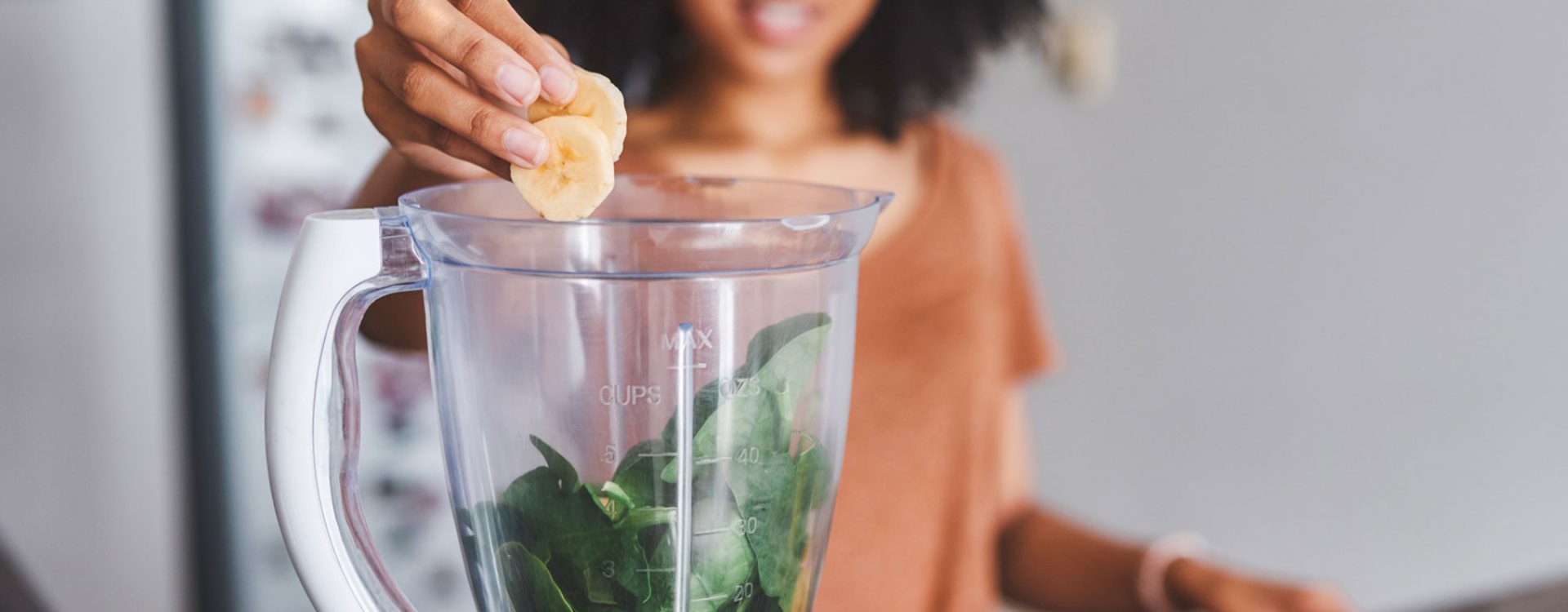Making the best nutritional choice for fruits and vegetables
What we eat is central to our health and can have a profound impact on our well-being and, if chosen correctly, can yield many health benefits. The risk of developing high blood pressure, heart disease, stroke and some cancers can be lessened by a diet rich in vegetables and fruits.
Smoothies and freshly squeezed juices have created a multibillion-dollar global industry, providing a convenient and tasty way to consume fruits and vegetables. It is common for parents to lean on smoothies and juices as a go-to for their families, especially for the child who doesn’t like to eat fruits and vegetables any other way. It’s hard to argue with these beverages’ convenience and portability since they are relatively easy to prepare and can be modified for different tastes, dietary preferences, and lifestyles.
How do I make the best choice?
There are several things to think about if you’re considering using smoothies, juices, or pill supplements to replace consuming fruits and vegetables in their whole form. If most or all of the entire fruit or vegetable is blended into the beverage (skin, pulp, and flesh), then the nutrients and fiber are preserved. This can make the beverage nutritionally comparable. If you’re looking for long-term hunger relief and to avoid excessive caloric intake, consuming these same foods in the whole form will give you better results.
Ingredients make the difference
The potential health benefits of juicing and drinking smoothies can vary dramatically depending on the ingredients in these popular beverages. Juices from extractors and bottled juices, even when labeled 100% fruit juice, are high in calories. Pay careful attention to the ingredients you choose and the calorie count if you’re trying to take your healthy eating up a notch or trying to lose weight. Milk, processed fruit juice, sweeteners, seeds and protein powders can quickly drive caloric intake upwards of 700-800 calories per serving. Calories can still be high, even if only using whole produce, depending on how much is added and which fruits or vegetables you choose. If you create your smoothies with whole fruits and vegetables, do not add sweeteners, and serve them in appropriate portions, this can be a suitable choice. I highly recommend controlling the type and amount of ingredients by preparing smoothies at home.
Whole is your best choice
With your health in mind, you can increase your intake of fruits and vegetables by consuming smoothies and juices. Always remember they contain large amounts of added or natural sugars and are often promoted falsely as suitable meal replacements. Juices and smoothies are also low in fiber. Without fiber, they are quickly digested, less satisfying and cause spikes in blood sugar. This will leave you hungry fairly soon after drinking them. Whole fruits and vegetables are always the best choices.
Stick with whole foods
Pills are another popular supplement that claims you can get your needed fruits and vegetables in a capsule. This alternative cannot replicate all of the nutritional benefits of whole foods and will not leave you feeling full or satisfied the way natural, whole foods will.
If you want to learn more about making the best nutritional choices for your and your family’s health, talk with your primary care provider. To find a provider near you, visit pardeehospital.org.





